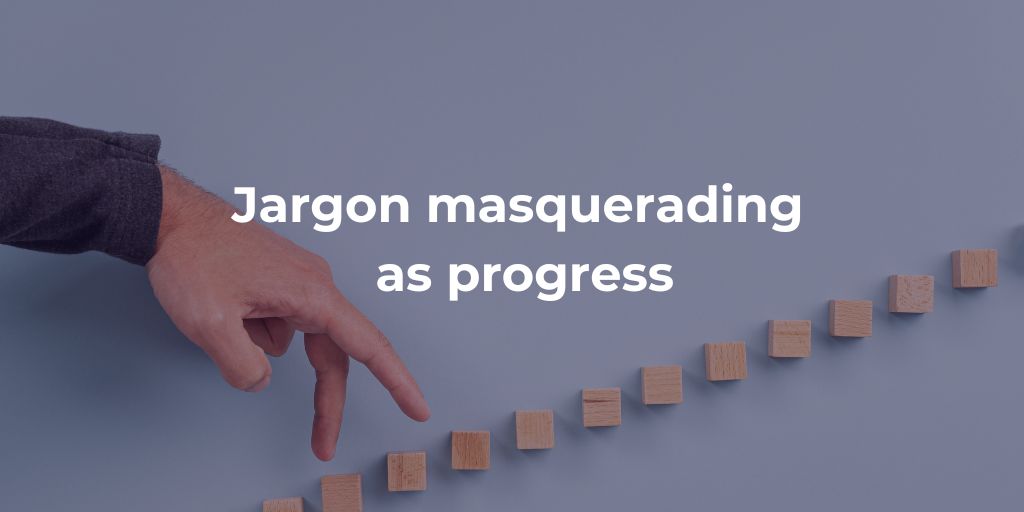Categories
Tags
Newsletter
Subscribe to the QRP International neswletter and get all the news on trends, useful contents and invitations to our upcoming events
Subscribe
Agile began as a movement to deliver value faster, empower teams, and adapt to change. But over time it can happen that an organisation adopting agility feels drained instead of energised. This is not because Agile itself is flawed, but often because of how it is interpreted, scaled, or executed. The term “Agile Fatigue” has emerged to describe this weariness, and it is worth asking—are we tired of Agile, or just tired of bad Agile?
In many cases, the word itself has become a cliché—an overused label that hides more than it reveals. The events (also known as ceremonies) designed to support teams can also feel like a drain when they lose focus and purpose. Even when teams embrace Agile ways of working, the wider ecosystem—vendors, partners, leadership expectations—do not always keep pace, leading to tension and delay. At the board level, scepticism often builds as leaders look for tangible outcomes rather than process updates.
So how can organisations overcome this fatigue? The answer lies in going back to the fundamentals of Agile—cutting through jargon, aligning environments, and refocusing on value.
In the last twenty years, the word “Agile” has been stretched, branded, and buzzword-ified to the point that it sometimes loses its original meaning. What began as a set of guiding principles has turned into a corporate slogan stamped on slide decks, job titles, and vendor pitches.
Agile is also often misunderstood because there is not one way of being Agile. Agile is considered to be an umbrella term, under it fall many different frameworks and practices – like Scrum, Kanban, SAFe – all with their own intent, strengths and challenges.
When leaders throw around “Agile” without living the values—collaboration, customer focus, and adaptability—it can feel empty. Agile is being implemented and without the cultural shift needed to support it. In this way Agile becomes a ‘process’ instead of how it was intended, a ‘principle’. This automatically leads to teams having their doubts, disengaging stakeholders and the word itself starts to sound like a cliché.
Daily stand-ups, sprint planning, retrospectives, backlog grooming, demos – Agile ceremonies are designed to enable communication and alignment. At their best they create rhythm, focus and transparency. But when overdone or poorly facilitated, they turn into the very bureaucracy Agile was meant to avoid.
The fatigue comes from meetings that:
The fix is not to abandon events but to recalibrate. Keep them, but keep them shorter, sharper and more outcome-driven. A daily stand-up should provide a quick alignment, not a status update. A retrospective meeting should be the event where teams reflect on how to improve their ways of working. A common error is for these to become places to voice frustration, describing the problem, where what is needed is an explanation for what is going wrong and how we can make progress. A demo should celebrate delivered value, but should not be held to tick a box. Or in short: Agile should save time and energy, not drain it.
Agile teams often operate within environments that are not Agile at all—vendors with rigid contracts, partners locked in Waterfall delivery, or executive stakeholders who still expect milestone-based reporting.
This mismatch creates friction. Agile teams move iteratively and adapt quickly, while Waterfall counterparts progress in linear stages with fixed plans and little flexibility. The result is that teams sprint, but dependencies crawl. The solution evolves, but procurement cycles remain rigid. Internal adoption of Agile can stall simply because the wider ecosystem does not support the pace.
Bridging this gap requires proactive alignment. That may mean negotiating more flexible contracts, educating partners on Agile ways of working, or adapting planning to the dynamics of the wider environment. In some circumstances, hybrid approaches that combine the responsiveness of Agile with the predictability of Waterfall can help make progress. Without this alignment, teams end up rowing hard while the boat remains anchored.
At the boardroom level, Agile fatigue often shows up as scepticism. Executives ask questions such as, “We have invested millions—why are results not coming faster?” or “Why do we need all these meetings and ceremonies?”
Boards do not want Agile for Agile’s sake. They want measurable business outcomes: faster delivery to market, reduced risk, improved customer satisfaction, and a clear return on investment. When Agile is presented purely as a philosophy without linking it to financial or strategic results, leaders quickly disengage.
Escalating Agile discussions to the board requires translating team metrics into business impact. Instead of saying, “We closed fourty story points,” frame it as, “We delivered a feature that increased customer conversions by twelve percent.” This approach shows how Agile directly contributes to organisational goals, rather than appearing as an abstract process.
Agile fatigue is not inevitable. It can be reversed with a few mindset shifts:
At its best, Agile re-energises organisations by making them adaptive, human-centred, and value-driven. When fatigue sets in, it is usually a sign that the spirit of Agile has been lost in favour of process theatre. Getting back to basics is the cure.